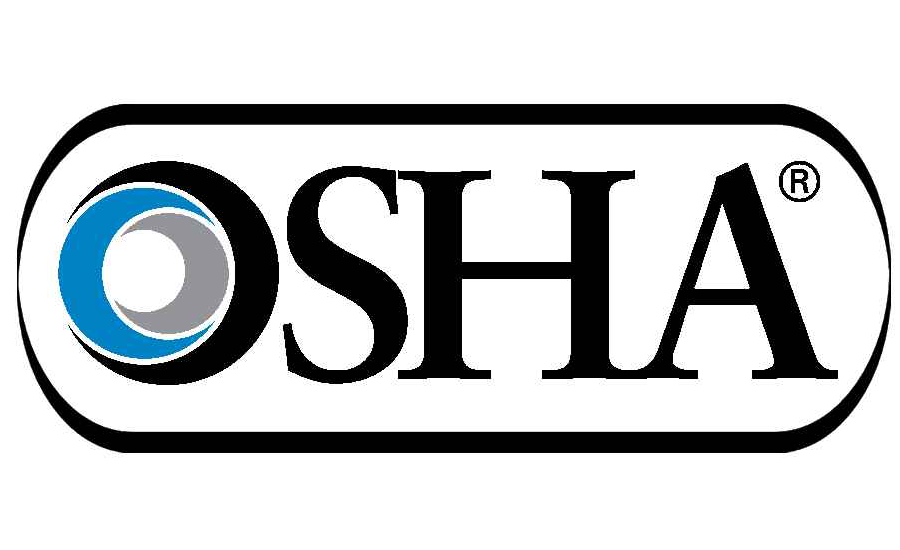Posted with permission from Confined Space, a newsletter of workplace safety and labor issues.
Summary
One of the main challenges of running an agency like OSHA is ensuring that a mid-20th century law adequately assures worker safety and health under 21st century working conditions. The economy and structure of work is very different than it was in 1970 when the Occupational Safety and Health Act was passed: for example, there far fewer unionized workplaces and far more “temporary” workers. But one thing that hasn’t changed over the past 45 years, is the importance to workers of the rights guaranteed in the OSH Act.
The Obama administration attempted to meet that challenge by making clear how certain rights — like the right of employees to walkaround with OSHA inspectors — applies not just to unionized workers, but to any group of workers who decide to designate a walkaround representative that they trust.
In 2013, OSHA issued a “letter of interpretation” clarifying that right, and the Trump administration, at the urging of anti-worker business associations like the National Association of Independent Businesses and Chamber of Commerce, has just withdrawn that letter. This is the story of why that letter was needed, and what workers can expect now.
A Little History: Mistreated and Ignored
Section 8(e) of the 1970 Occupational Safety and Health Act permits authorized representatives of employees in a workplace to accompany or “walk around” with OSHA inspectors “for the purpose of aiding such inspection” and “provide an appropriate degree of involvement of employees. . .”
In August, 2011, 200 foreign students walked off their job at a plant that packs Hersey’s chocolates in Palmyra, PA. The students, from countries including China, Nigeria, Romania and Ukraine, had come to the United States on State Department “cultural exchange” program that allowed them to work for two months and then travel the country, learning English and about life in the United States. What they found was horrendous working and living conditions.
The students, who did not belong to a labor union, had approached the National Guestworker Alliance (NGA) to represent them and to be their “walkaround representatives” for an OSHA inspection. The Occupational Safety and Health Act (OSHAct) states that “A representative of the employer and a representative authorized by his employees shall be given an opportunity to accompany” OSHA compliance officers “for the purpose of aiding such inspection.” The legislative history of the Act shows that Congress intended this section to “provide an appropriate degree of involvement of employees.”
Although normally, the “authorized representative” is a labor union with a collective bargaining contract, and the walkaround representative(s) are employees of the employer, OSHA regulations had laid out exceptions to this rule. In this case, neither the employer nor OSHA had any objection to that request. The NGA was allowed to walk around with OSHA inspectors and OSHA completed the inspection, identifying a number of health and safety problems, which ( along with a number of other issues) eventually led the State Department to revamp the entire program.
Workers Rights and the Growth of Non-Union Worker Organizations
The OSH Act provides workers and their representatives with a number of rights covering access to information, non-discrimination, the right to file complaints and the right to accompany OSHA inspectors. With fewer and fewer workers being represented by traditional unions, worker centers have grown to fill the gap, representing day laborers (like the NGA), car wash , warehouse or restaurant workers. Workers often ask these organizations to assume the role of representing them in a number of areas, including safety and health. OSHA had been receiving more and more requests from employees working with these worker centers (such as the Hershey workers), as well as employees interested in organizing into traditional unions about the extent to which workers could use worker centers or unions as their representatives, even if they did not have a collective bargaining agreement.
In 2013, Steve Sallman of the United Steelworkers, sent a formal letter to OSHA asking whether workers at a workplace without a collective bargaining agreement could authorize a person from a union or a community organization to act as their representative under the OSH Act in order to “accompany the employee on an OSHA inspection” in a non-unionized workplace.
OSHA responded in a Letter of Interpretation (which became known as the “Sallman Letter”) that stated that:
The regulations that the letter refer to are contained in OSHA regulation 1903.8: “Representatives of employers and employees”, which has been on the books since the 1970s. 1903.8 is based on the walkaround language in the OSH Act and states that although “the representative(s) authorized by employees shall be an employee(s) of the employer,” there are exceptions to that rule. Specifically, “a Compliance Safety and Health Officer may permit additional employer representatives and additional representatives authorized by employees to accompany him where he determines that such additional representatives will further aid the inspection.”
That regulation further states that “if in the judgment of the Compliance Safety and Health Officer, good cause has been shown why accompaniment by a third party who is not an employee of the employer (such as an industrial hygienist or a safety engineer) is reasonably necessary to the conduct of an effective and thorough physical inspection of the workplace, such third party may accompany the Compliance Safety and Health Officer during the inspection.” [emphasis added]
In other words, if workers make clear that they want an outside representative to accompany the OSHA inspector, and the inspector thinks it will aid the inspection, then an employee of a community group or labor union can accompany the inspector as a representative of the employees. The letter goes on to describe scenarios where a non-employee representative may aid a thorough inspection — even if they are not an industrial hygienist or safety engineer:
Business associations, anti-worker Republicans in Congress and right-wing think-tanks strenuously objected to the letter, arguing that a worker representative could only be “authorized” if there was a labor union with a collective bargaining contract and accusing OSHA of helping unions organize. Yet, over the four years since the letter was issued, even employer representatives admit that employer were not inundated with requests to allow union or other third party representatives accompany OSHA compliance officers. Our experience OSHA was that many employers had no problem when such requests were filed. Other employers rejected the request to have third-party walkaround representatives, but OSHA and the worker representatives often found alternative means to access workers. No actual contested enforcement case ever wound up in court over this issue.
Last Fall, the anti-union Pacific Legal Foundation (PLF) filed a suit on behalf of the National Federation of Independent Business (NFIB) to withdraw to so-called Sallman letter. “The change, the NFIB claims hurt its members. ‘This “walk around” rule essentially provides cover for what amounts to trespassing by union officials,’ PLF Principal Attorney Joshua Thompson said in a statement. ‘It gives union organizers the power to intrude on private workplaces and button-hole non-union employees, by deputizing these officials as government inspectors.'”
Last month, OSHA quietly withdrew and “archived” the letter, and the PLF withdrew their suit. It can still be found on the OSHA website, but now states “NOTICE: This is an OSHA Archive Document, and may no longer represent OSHA Policy. It is presented here as historical content, for research and review purposes only.”
Conclusion
The organization of work and forms of worker representation have changed and evolved over the past 45 years,. But just because there are not as many workers represented by traditional unions as there were in 1970 when the OSHAct was passed, does not mean that the rights provided to workers by the act are any less important for worker safety and health.
It was the clear from the language of the OSHAct and from intent of Congress when it passed the OSHAct that workers should be able to choose their own representatives to walkaround with inspectors — regardless of the union status of the worksite. Withdrawing the Sallman letter does not make that right go away. (Even the withdrawal letter doesn’t argue that the policy is void; just that the memo is not needed.) What this action will do is make it more difficult for workers know about it and use it, and Trump’s OSHA will undoubtedly be less willing to defend it when workers request a third-party representative and employers object.
Despite the attempt to portray this letter as an attempt to help unions organize, the withdrawal of the Sallman letter is nothing more than a power grab by business representatives that will make it more difficult for workers’ voices to be heard.
Elections have consequences and in this case the consequence is that workers lose.
Click here to visit Confined Space.







